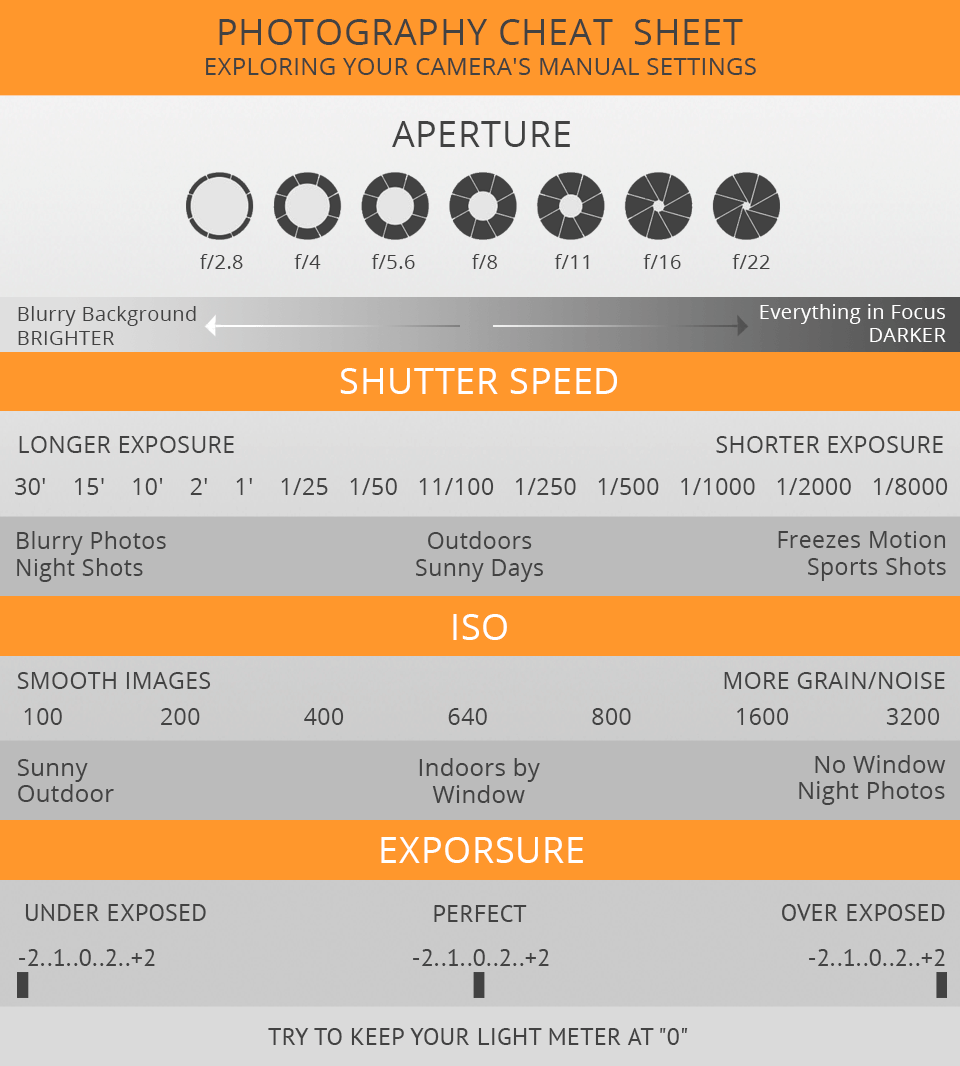Transform Your Photography By Understanding Lights Strategies That Can Raise Your Images-- Find The Usual Mistakes That Could Be Holding You Back
Transform Your Photography By Understanding Lights Strategies That Can Raise Your Images-- Find The Usual Mistakes That Could Be Holding You Back
Blog Article
Article Writer-Rogers Ibrahim
As a digital photographer, you recognize that lighting can make or damage your images. Understanding the nuances of both all-natural and man-made light is essential for catching the state of mind and clearness you aim for in your work. Whether you're going after the perfect golden hour glow or fine-tuning your man-made configurations, mastering these elements can boost your photography substantially. However there prevail pitfalls that numerous forget, and identifying them can transform your technique to every shoot. Let's discover what you might be missing and exactly how it can influence your results.
Comprehending All-natural Light
Recognizing all-natural light is crucial for any type of professional photographer looking to boost their work. It's the foundation of fantastic digital photography, affecting mood, tone, and clearness. When you shoot outdoors, take notice of the moment of day. The golden hour-- soon after sunup and before sundown-- supplies soft, warm light that can transform average scenes right into spectacular pictures.
Don't ignore the power of overcast days. Cloud cover diffuses sunshine, producing a soft, even light that's perfect for pictures and macro digital photography. You'll discover colors pop in this kind of illumination without rough shadows.
Positioning matters, also. Always consider your subject's alignment to the light. If the sun's behind your subject, you may wind up with a shape, which can be remarkable but mightn't be what you desire. Conversely, direct sunshine can develop unflattering darkness.
Try out angles; occasionally, transforming your viewpoint can generate amazing outcomes. Use all-natural reflectors, like water or sand, to jump light onto your subject, including dimension.
Mastering Artificial Light
Grasping fabricated light is necessary for digital photographers that intend to take their skills to the following level. Whether you're utilizing speedlights, workshop strobes, or constant lights, understanding exactly how to adjust these sources can substantially enhance your pictures.
Start by acquainting yourself with the basics of light quality, instructions, and color temperature level. Explore different modifiers like softboxes, umbrellas, or grids to control the gentleness or harshness of the light.
You'll locate that soft light often creates flattering outcomes, while harsher light can add dramatization and deepness. Do not avoid darkness; they can boost the three-dimensionality of your subjects.
Pay close attention to the positioning of your lights. A light located also close to your subject can produce uncomplimentary results, while as well far can bring about an absence of detail. Use https://telegra.ph/Photographers-Frequently-Forget-Essential-Basics-That-Can-Impede-Their-Development-Discover-Necessary-Pointers-To-Raise-Your-Ski-01-08 or your camera's histogram to guarantee you're subjecting correctly.
Lastly, remember that professional profile photographer can be mixed with ambient light for imaginative effects. Stabilizing these resources may take practice, once you grasp it, your photography will genuinely shine.
Strategies for Different Circumstances
When you step into various capturing circumstances, adjusting your illumination methods is important for catching the best pictures. For exterior pictures, make use of the gold hour-- early morning or late afternoon light-- to soften darkness and boost skin tones.
If it's a severe noontime sun, consider using a reflector to bounce light back onto your subject or look for shaded locations for a more also direct exposure.
In low-light scenarios, like interior occasions, enhance your ISO and use a vast aperture to allow in more light. A tripod can assist eliminate cam shake, permitting longer exposures without obscuring.
If you're contending night, try out off-camera flash to develop dynamic lighting and deepness in your pictures.
For item digital photography, use diffused lighting to avoid harsh reflections. Softboxes or light camping tents can assist accomplish this effect.
When photographing landscapes, consider the direction of light and time of day, as it can substantially transform the state of mind of your shot.
Always be ready to change your settings and placing based upon the situation, as flexibility is vital to mastering lights in digital photography.
Verdict
To conclude, mastering lighting is crucial to boosting your digital photography abilities. Welcome natural light's appeal during golden hour, and do not avoid explore fabricated light techniques. By adjusting your technique to various circumstances, you'll capture spectacular photos that resonate with feeling and clarity. Remember, the appropriate lighting can transform a common shot into something remarkable, so keep exercising and refining your understanding of both all-natural and artificial light. Satisfied shooting!
